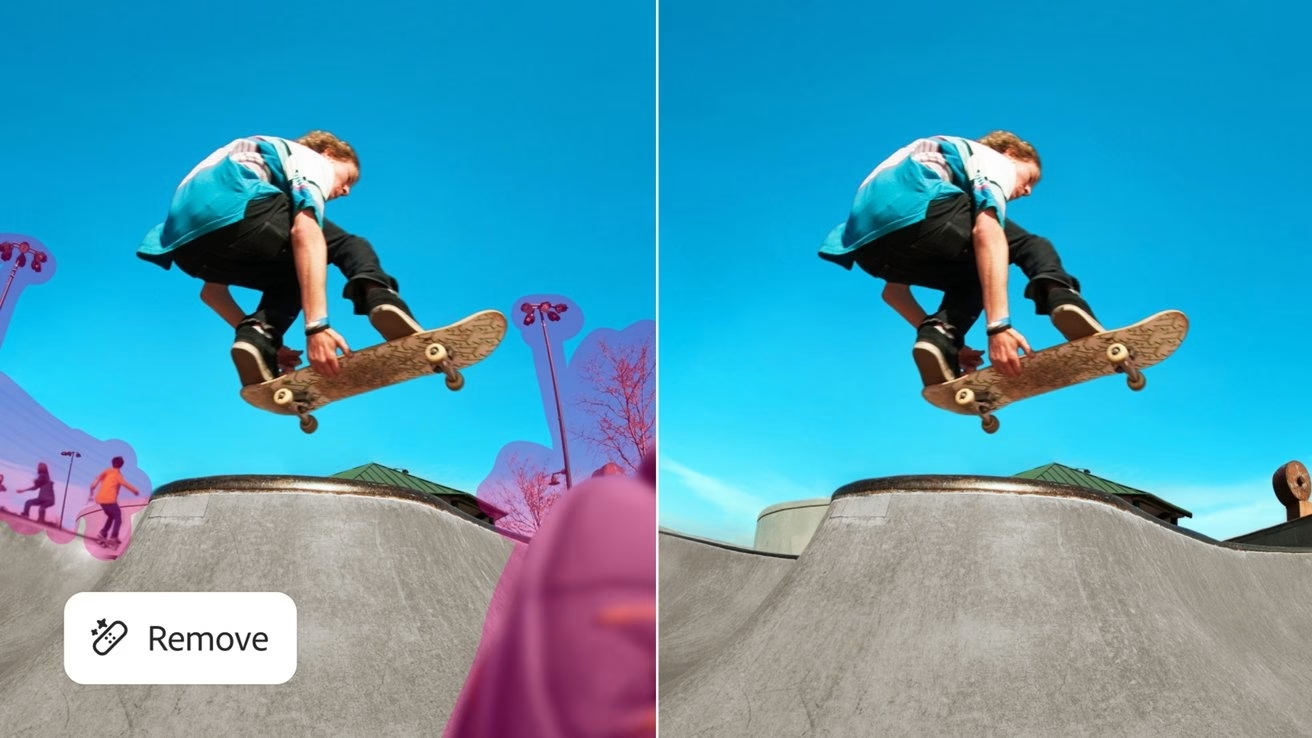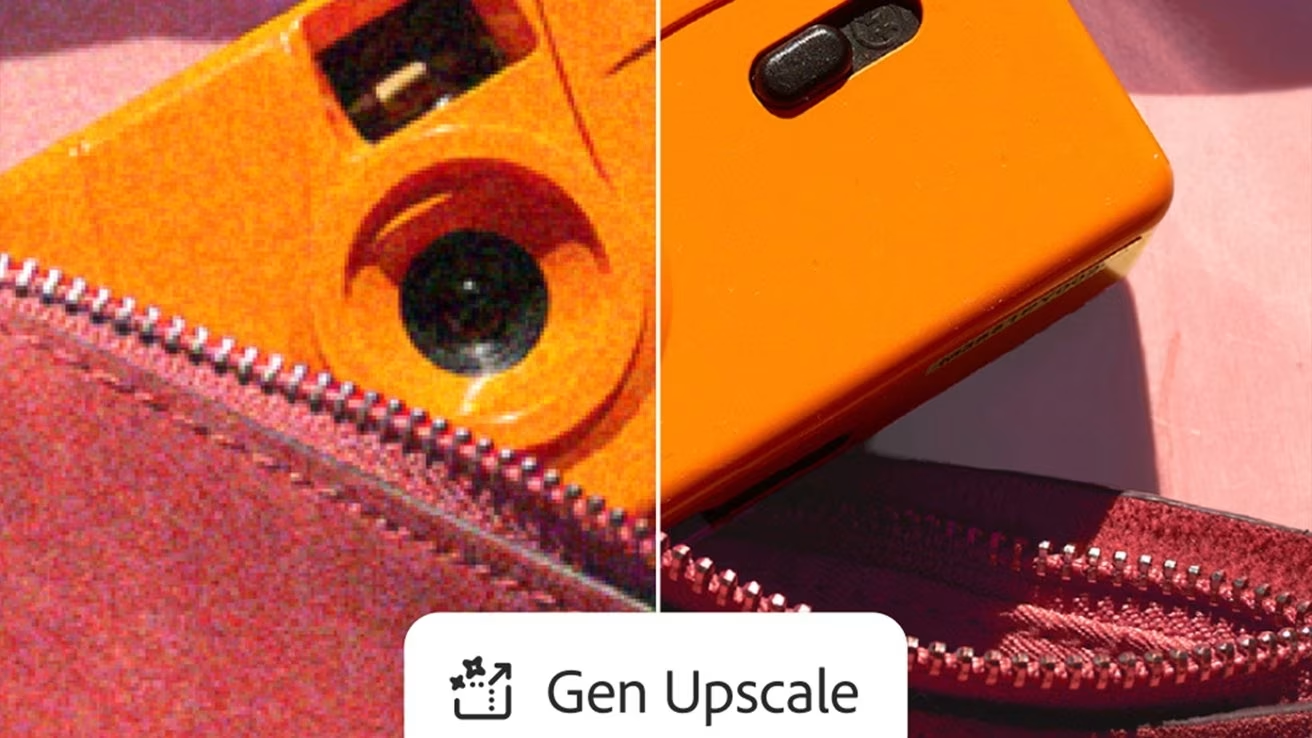Adobe Photoshop Unleashes Firefly-Powered AI Enhancements for Faster Workflows
Adobe is once again pushing the boundaries of creative technology, rolling out a significant suite of new features for Photoshop across its desktop, web, and mobile platforms. Powered by the company's generative AI model, Firefly, these updates began their global rollout on Tuesday, July 29, promising to fundamentally reshape how designers, photographers, and casual users interact with their images. The core focus? Accelerating workflows and drastically reducing the need for tedious manual editing. And honestly, it's about time.
The AI-Driven Evolution of Image Editing
For years, we've watched as artificial intelligence slowly but surely integrated itself into our daily tools. But with creative applications, the pace has been nothing short of breathtaking. Adobe, a long-standing titan in the creative software space, has been at the forefront of this integration, and these latest Photoshop updates are a testament to that commitment. We're not just talking about minor tweaks here; this is a strategic expansion of AI capabilities designed to make complex tasks feel almost effortless.
A Sharper Focus on Core Functionality: The Background Removal Breakthrough
Among the most anticipated and impactful updates is a significantly enhanced AI-powered background removal tool. Now, if you've ever tried to perfectly isolate a subject from a busy background, you know the struggle. Fussy edges, stray hairs, lingering color fringing – it's a common headache that often requires meticulous manual refinement. The promise of this new tool is to virtually eliminate those frustrating artifacts, delivering cleaner, more precise cutouts with remarkable efficiency.

This isn't just a minor improvement; it's a game-changer for anyone doing product photography, portrait retouching, or even just making quick social media graphics. Imagine the time saved, the frustration avoided. It's the kind of update that makes you wonder how we ever managed without it. And frankly, it sets a new benchmark for what users should expect from automated selection tools.
Industry Trends and User Impact: A Broader Perspective
The integration of AI into creative tools isn't just an Adobe phenomenon; it's a pervasive industry trend. However, Adobe's consistent investment and rapid deployment of features like these position them as a clear leader. The market is demanding more intelligent, intuitive tools that can keep pace with increasingly tight deadlines and high creative demands. These Photoshop updates align perfectly with that demand.
While specific user engagement statistics for these new features aren't available just yet—they literally just started rolling out—the general sentiment across creative communities, particularly on platforms like X (formerly Twitter), has been overwhelmingly positive. Creatives are eager for anything that can boost their productivity and streamline their workflows. Experts in digital art and photography have also lauded Adobe's dedication to efficiency, highlighting the improved background removal as a particularly significant advancement that could redefine industry standards. It's a win-win, really. Users get more powerful tools, and Adobe solidifies its position.
The Road Ahead: Implications for the Creative Landscape
These updates carry significant implications, not just for individual users but for the entire creative industry. For users, the promise of reduced manual editing time translates directly into increased productivity. It means more projects can be tackled, more iterations explored, and ultimately, more creative output. Furthermore, by automating complex tasks, advanced editing capabilities become more accessible to a broader range of users, potentially democratizing professional-level results. You don't need to be a Photoshop wizard to achieve impressive selections anymore.
From an industry standpoint, Adobe's continuous investment in AI-driven innovation sets a high bar for competitors. This push towards workflow efficiency and AI-assisted creativity is likely to spur further innovation across the software landscape, benefiting everyone in the long run. It's a clear signal that the future of creative work involves a powerful partnership between human ingenuity and artificial intelligence, with the latter handling the heavy lifting so the former can soar. The implications, they are pretty significant for creatives everywhere. We're entering an exciting new phase where the tools are becoming smarter, allowing us to be more creative than ever before.
